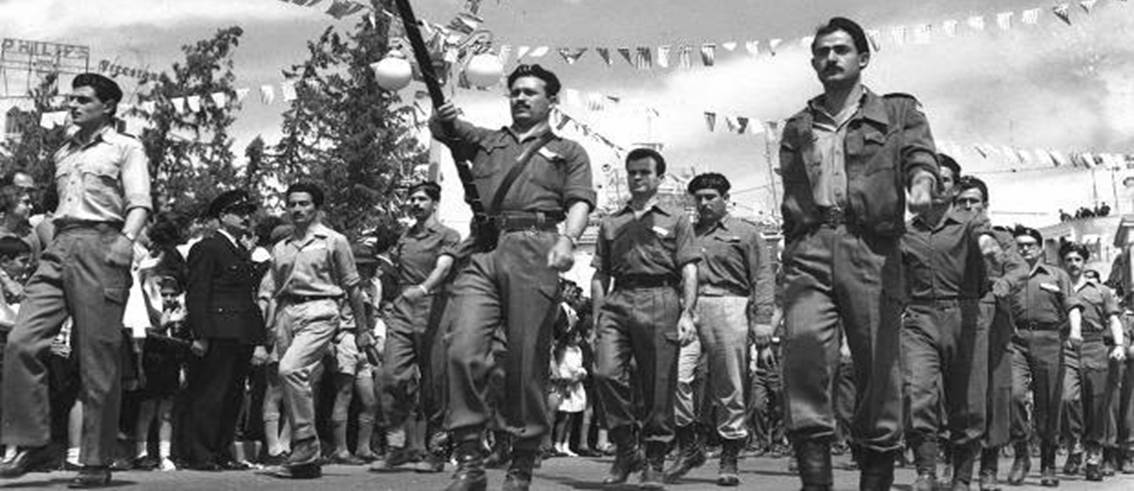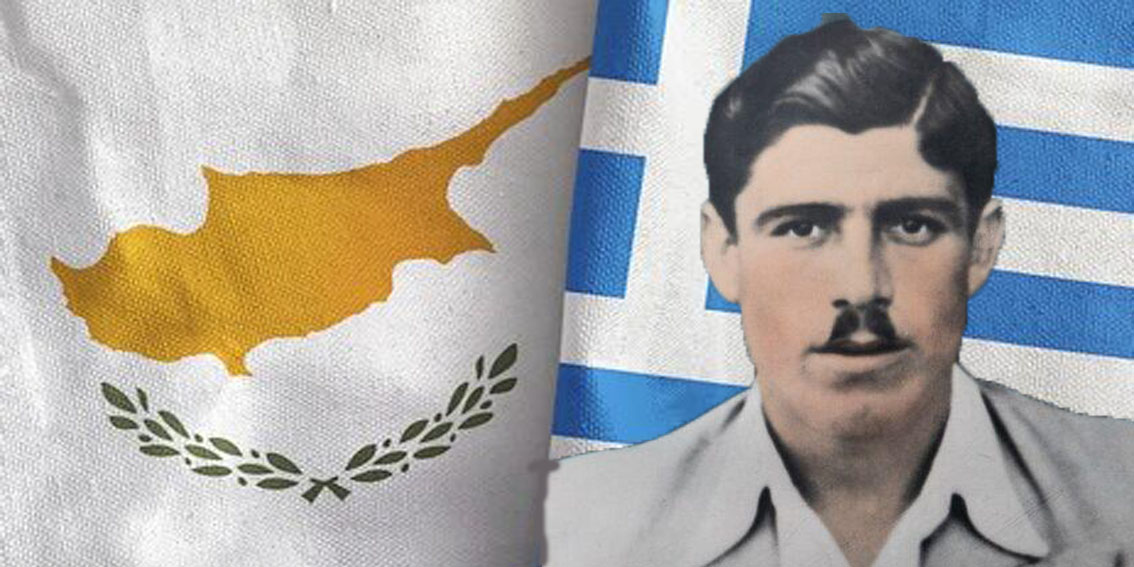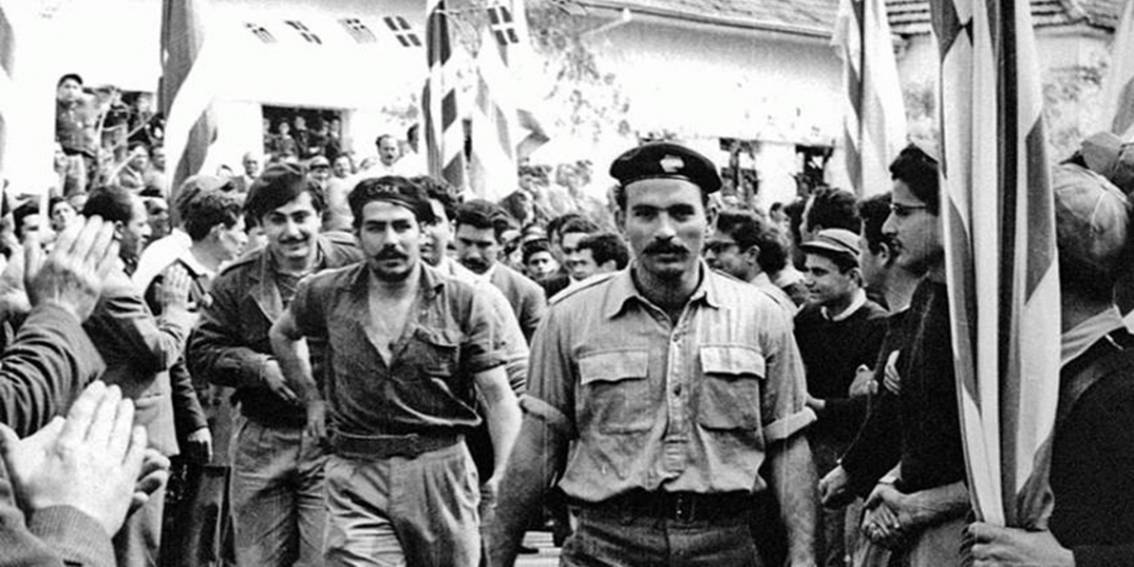Background of Cypriot Resistance
EOKA National Cyprus Organisation. The Ethniki Organosis Kyprion Agoniston (EOKA) Greek: Εθνική Οργάνωσις Κυπρίων Αγωνιστών, lit. National Organisation of Cypriot Fighters was a Greek Cypriot nationalist guerrilla organization that fought a campaign for the end of British rule in Cyprus, and for eventual union with Greece.
Cyprus had been under British administration since 1878. Greek Cypriots desired enosis (union with Greece). The British rejected these aspirations. Frustration grew among the local population.
In the 1930s, nationalist movements gained strength. The Church of Cyprus, led by Archbishop Makarios III, supported enosis. Peaceful protests failed to achieve results. More radical solutions were considered.
The October Events of 1931
Growing Tensions
Greek Cypriots demanded enosis (union with Greece). The British rejected their petitions. Frustration spread across the island.
The Burning of Government House
Demonstrators stormed Government House. They set the building on fire. British officials barely escaped. The flames symbolized Cypriot anger.
British Crackdown
British troops fired on the crowd. Six Cypriots died. Dozens suffered injuries. Authorities arrested hundreds.
Harsh Repression
Britain suspended the Legislative Council. They banned political gatherings. Police enforced strict censorship. Many leaders faced exile
Legacy of Resistance
The uprising failed to achieve enosis. But it inspired future movements. The events became a symbol of defiance. EOKA later continued the struggle.
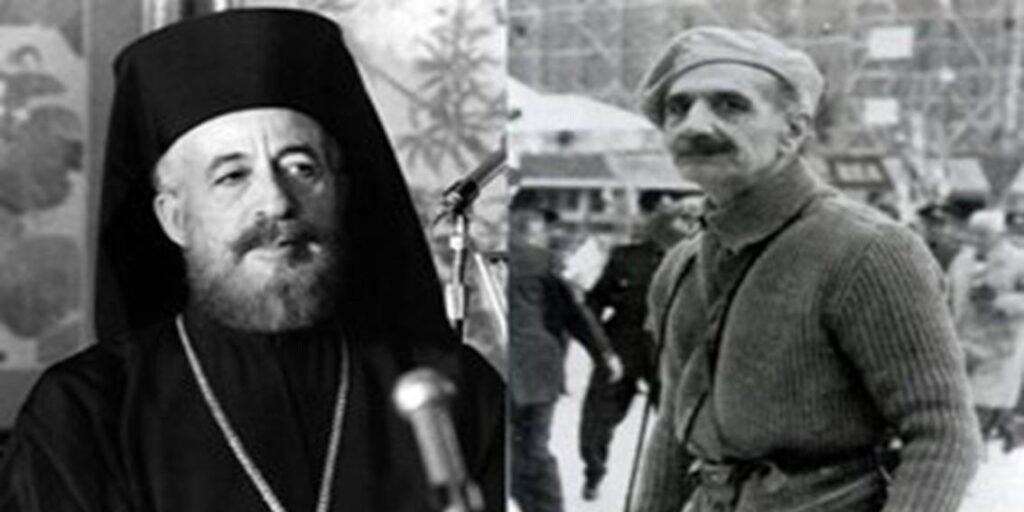
The Decision to Form an Armed Struggle
By the early 1950s, diplomatic efforts had stalled. The idea of an armed resistance movement was born. Colonel Georgios Grivas, a Greek Army officer, took the initiative.
Grivas believed only armed struggle could force the British out. He secretly arrived in Cyprus in November 1954. A small group of trusted fighters was assembled. The foundations of E.O.K.A. were laid.
The Official Founding of E.O.K.A.
EOKA National Cyprus Organisation was formally established in March 1955. Its first military wing consisted of just five members.
The organization’s structure was highly secretive. Grivas (codenamed “Digenis”) served as military leader. Archbishop Makarios provided political and moral support. Leadership of E.O.K.A.
Military Command
Georgios Grivas (“Digenis”) directed armed operations. He organized guerrilla tactics from mountain hideouts. His strict discipline shaped EOKA’s effectiveness.
Political Guidance
Archbishop Makarios III inspired the nationalist cause. He linked the Church with the liberation movement. British authorities exiled him in 1956.
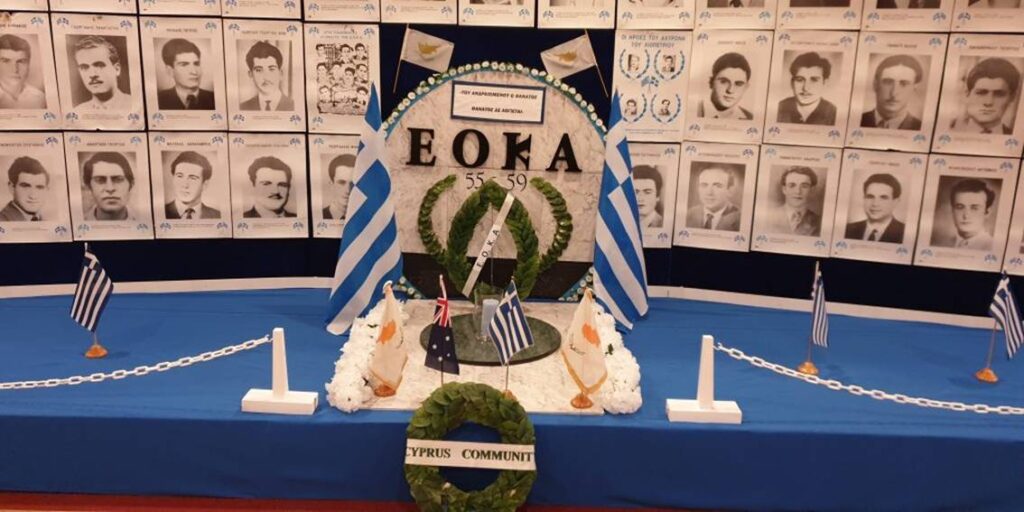
Urban Warfare
Markos Drakos led Nicosia’s underground network. His cell executed strategic bombings. British forces killed him in March 1957.
Mountain Fighters
Gregoris Afxentiou second in commanded in rural units. He trained rebels in Troodos. British troops burned him alive in his hideout (1957).
Propaganda & Recruitment
Stelios Mavrommatis coordinated youth mobilization. Students distributed anti-British leaflets. Police captured and hanged him (1957).
Special Operations
Stelios Kyriakides manufactured explosives. His bombs targeted military installations. The British called him “The Technician.”
Legacy
These leaders became national martyrs. Their sacrifice paved Cyprus’ path to independence.
The First Attacks and Declaration of War
On April 1, 1955, E.O.K.A. launched its first coordinated attacks. Bombs exploded at British military installations. The Nicosia Wireless Station, Wolseley Barracks, and other key sites were targeted.
A revolutionary proclamation was distributed across Cyprus. It declared a “struggle for freedom” against British rule. The British authorities were caught off guard.
Early Guerrilla Tactics and Recruitment
E.O.K.A. operated in small, independent cells. Fighters were trained in sabotage and hit-and-run tactics. Young Cypriots, inspired by patriotism, joined the cause.
Mountain hideouts served as bases. Villagers provided food, shelter, and intelligence. The British responded with mass arrests and curfews.
Divisions in the EOKA Leadership
The main objective of EOKA was Enosis. Grivas and Archbishop Makarios III disagreed on tactics. Grivas wanted aggressive armed resistance. Makarios preferred limited sabotage without casualties.
Shared End Goal
Both leaders believed diplomacy would bring victory. Grivas aimed to pressure Britain through constant attacks. He wanted to show that occupation came at a cost.
The British Reaction
Britain’s harsh crackdown played into EOKA’s hands. Repression turned Greek Cypriots against colonial rule. It also gave Makarios ammunition at the UN.
Creating an International Crisis
EOKA’s campaign kept Cyprus in global headlines. Their actions proved Britain couldn’t control the situation. The movement made Cyprus an unsolvable problem for the British.
British Counter-Operations
A state of emergency was declared in November 1955 4 months after the of April the 1st, British troops launched large-scale operations. Suspected E.O.K.A. members were detained.
Torture and executions were used to break the resistance. Despite repression, E.O.K.A. grew stronger. Public support increased after British atrocities.
Expansion of the Armed Struggle
By 1956, EOKA National Cyprus Organisation had hundreds of fighters. Attacks spread from cities to rural areas. British forces struggled to contain the insurgency.
Sabotage, assassinations, and ambushes became common. The British offered rewards for information. Some Cypriots collaborated, but most supported E.O.K.A.
The Role of Students and Youth
Students played a crucial role. Many joined as messengers or lookouts. Schools became centres of nationalist propaganda.
Youth groups organized protests and strikes. The British often targeted young activists. This only increased their determination.
International Reaction
The Cyprus issue reached the United Nations in 1957. Greece supported enosis, while Turkey opposed it. Britain refused to negotiate independence.
World opinion began shifting. Reports of British brutality damaged their reputation. The U.S. pressured Britain to find a solution.
From Armed Struggle to Negotiations
By 1958, both sides sought a political solution. Archbishop Makarios was exiled but continued to lead diplomatically.
The London-Zurich Agreements (1959) ended the conflict. Cyprus gained independence in 1960. E.O.K.A. disbanded, but its legacy remained.
Legacy of E.O.K.A.
E.O.K.A.’s struggle shaped modern Cyprus. Its fighters became national heroes. The movement proved that small, determined groups could challenge empires.
Today, monuments and memorials honour E.O.K.A. veterans. The organization remains a symbol of Cypriot resistance and pride.


